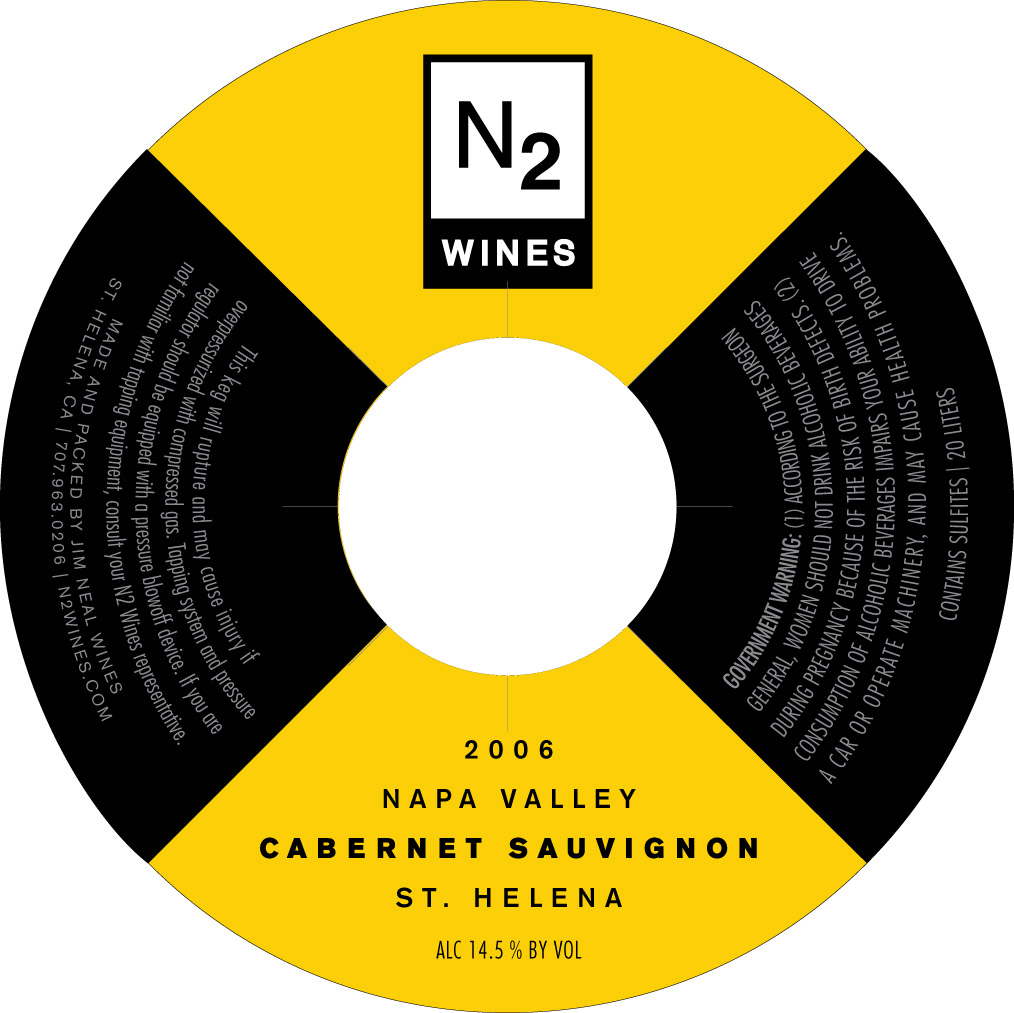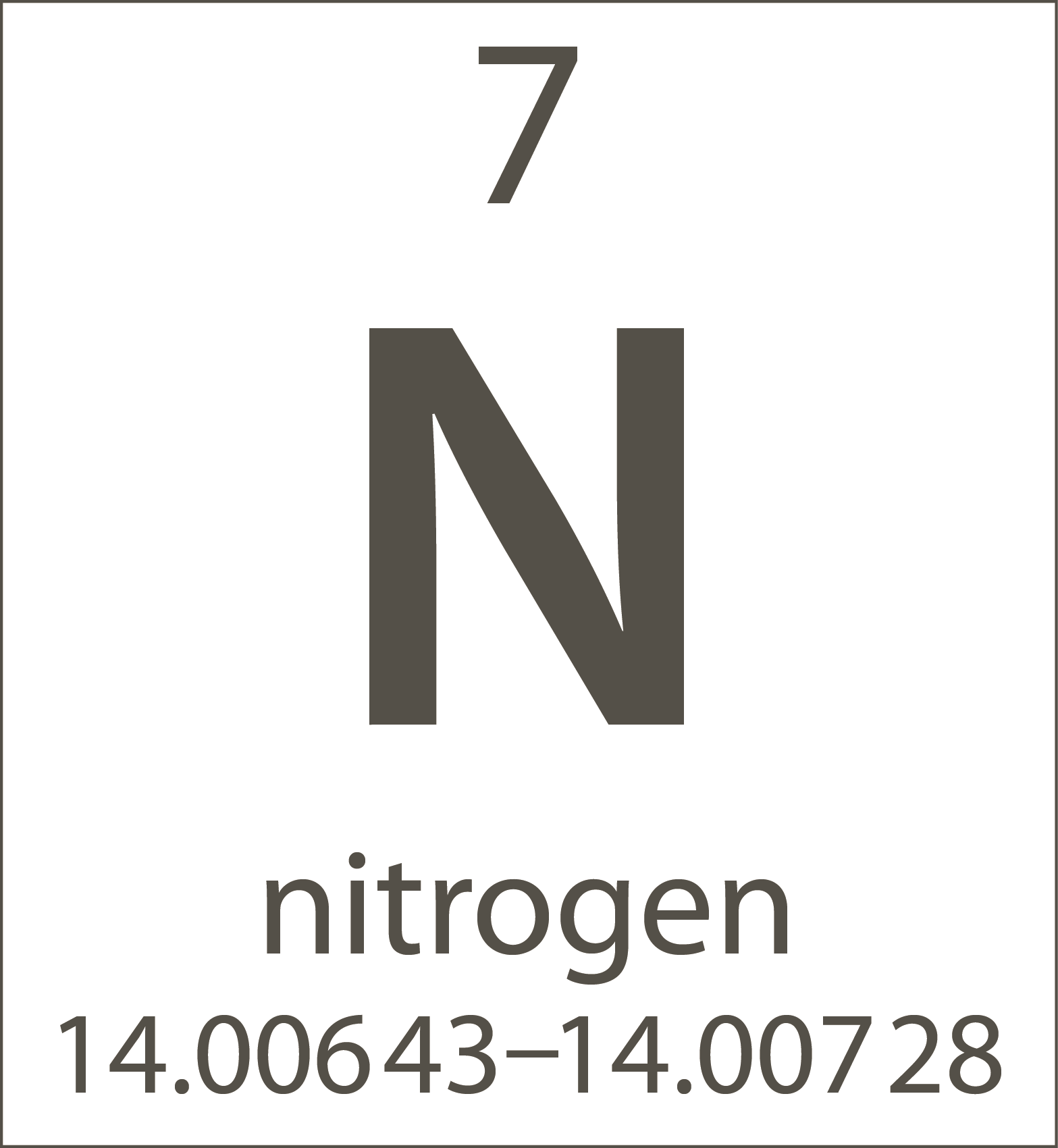Here’s an interesting scenario. Can a trademark applicant’s mark ever have multiple meanings? And can such dual-meaning mark be issued a trademark even if one of its meanings is deemed merely descriptive? In a recent appeal to the United States Patent and Trademark Office’s Trademark Trial and Appeal Board, administrative trademark judges said yes (and yes).
Recently, a company named N2Wines LLC filed a trademark application with the U.S. PTO to register the mark “N2WINES” for “wines sold in kegs” under Class 33, but the U.S. PTO refused registration pursuant to Section 2(e)(1) of the United States Trademark Act (15 U.S.C. §1052(e)(1)) on the grounds that the name N2WINES was merely descriptive. See In re N2Wines LLC, Serial No. 85680969 (April 5, 2014) [not precedential]. The applicant requested reconsideration, which was refused, and subsequently appealed.
A name is considered merely descriptive of goods or services if the term conveys the “immediate idea of an ingredient, quality, characteristic, feature, function, purpose or use of the goods or services.” Id. citing DuoProSS Meditech Corp. v. Inviro Medical Devices Ltd., 695 F.3d 1247, 103 USPQ2d 1753, 1755 (Fed. Cir. 2012). However, it is important to note that a name is not merely descriptive in its abstract form—it must be considered in relation to the goods or services for which a registration is sought, as well as the context in which the name is being used in relation to the goods or services and the potential connotation or implication the term would have to an average purchaser of the good or service due to the manner of its use. If the term has meanings in other contexts, such is not necessarily deemed as controlling.
“Wine” in “N2WINES” was quickly recognized as a generic term, thus the Board reasoned it must determine whether “N2” was descriptive of the applicant’s goods (N2, or more properly N2, is the symbol for nitrogen gas). The examining attorney submitted evidence, including that from the applicant’s website as well as other advertisements and internet articles, to support that nitrogen is an inert gas used in wine tapping systems. Based on the evidence submitted by the examining attorney, the Board determined that nitrogen does have some significance with respect to wine sold in kegs because nitrogen may be used to tap or preserve the wine. However, the Board highlighted that applicant’s mark did not include the word “Nitrogen” and instead considered the possibility that, while N2 is the symbol for nitrogen gas, the symbol takes on a different meaning and would be perceived by potential consumers in a way that is not merely descriptive of the goods. As such, the Board determined that there was sufficient support to find that when “N2” was used in the mark “N2WINES,” there was a double entendre meaning, “Into Wines.” See id. at 5, citing Appeal Brief, p. 10, 12 TTABVue, 11. (Applicant submitted a significant number of examples of both domain names and registered marks in which “N2” is construed as “Into.”)
In its opinion, the Board clarified the meaning of double entendre with respect to marks as per the following:
‘A ‘double entendre’ is a word or expression capable of more than one interpretation. For trademark purposes, a ‘double entendre’ is an expression that has a double connotation or significance as applied to the goods or services. The mark that comprises the ‘double entendre’ will not be refused registration as merely descriptive if one of its meanings is not merely descriptive in relation to the goods or services.’ Id. citing TMEP § 1213.05(c) (Oct. 2013).
The Board also recognized that, in the past, several other marks had been registrable as double entendres, including SUGAR AND SPICE (for bakery products), SHEER ELEGANCE (for pantyhose), SHEER PERFECTION (for makeup for legs), FAST’N EASY (for pre-cooked meats), and HAY DOLLY (for self-loading trailers for hauling bales). Id. at 5–6. Further to the point, the Board noted that “into,” which it defined as “involved with or interested in,” allows “N2WINES” to be a double entendre meaning “into wines.” Id. at 7. “The unitary phrase ‘into wines’ implies that consumers of applicant’s goods are interested in wine. It does not immediately convey an idea of any ingredient, quality, characteristic, feature, function, purpose or use of the goods, and thus is not merely descriptive of applicant’s goods.” Id. The Board thus reversed the refusal.
The interesting aspect about the label for N2WINES is the N2 symbol on N2WINES’ label resembles the Nitrogen element’s format on the Periodic Table of Elements. When I originally read the Board’s opinion, I did not review the label, as such was not included in the opinion (the mark was filed as “Standard Character Mark” and thus did not include the design or artwork featured in the label). See photo at right as a sample of Nitrogen the element in its Periodic Table of Elements format (i.e., not the inert gas). Had applicant filed the mark along with the design, perhaps it is possible the outcome may have been different—although still room for a double entendre argument, especially considering the applicant’s ability to identify and reference the breadth of the use of “N2” as a substitute for the more formal “Into.”
Photos property of Alcohol and Tobacco Tax and Trade Bureau and Boston University Chemistry.
For more information on wine or alcohol law, labeling, or trademark, please contact Lindsey Zahn.
DISCLAIMER: This blog post is for general information purposes only, is not intended to constitute legal advice, and no attorney-client relationship results. Please consult your own attorney for legal advice.


Great read – love the double entendre. With bottled beers like Left Hand’s Nitro, it feels like Nitrogenated beers are taking off. I wonder what effect if any this ruling will have on breweries. For example, I just did a quick search of ShipCompliant LabelVision and found that 49 Parallel recently got label approval for N2 a nitrogenated ESB. http://tinyurl.com/kroyagw
What do you think?
When I first looked at this trademark, what hit me was that N2Wines made me think it was a New Zealand company trying to get a brand that looked like NZWines but instead put N2Wines — because depending on the font, a 2 can look like a Z. And I’m sure there would be issues with a company trying to register NZWine as a trademark.
And interestingly, I only read this story because it appeared as a summary on a New Zealand wine business news summary called TizWine and I wonder if it appeared there as the editor thought it was NZ wines and not N2 wines. When I read the headline for the story, I thought it was NZ Wines!!
So a further complication with this trademark!!
Oh wow, Misha! That’s interesting. I never thought of it from that perspective before. Thanks for sharing!
Hi Zoe. Thanks for your comment and sharing your insight about the label you found. That’s actually an excellent question. To me, the N2 label for a nitrogenated ESB doesn’t resemble the Nitrogen element format as much as the N2 wine label does, however the reference to “NITROGENATED” on the front label makes me think that trademark application for this label was filed as a standard mark (i.e., just included the name N2). However, if it were submitted as a stylized/design mark, I imagine the USPTO would take into account many other factors, such as the class in which the trademark application is filed, the full name of the standard mark or the design, the process how beer is made, etc. before it determined if the name was generic or merely descriptive. I did just check the USPTO database right now, out of curiosity, and noticed that N2 (for beer) was filed as a standard character mark. (I didn’t check USPTO’s database extremely thoroughly, as there appear to be many other registrations for “N2” for other brand owners, but I presume 49 Parallel did not submit a stylized/design mark.)